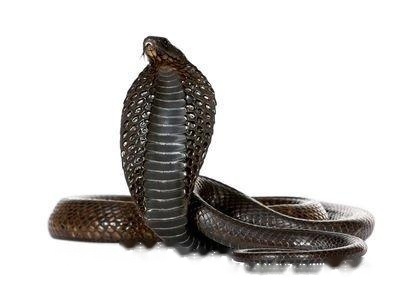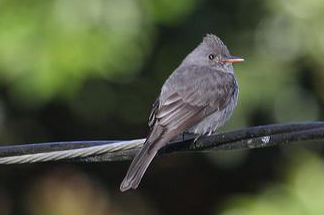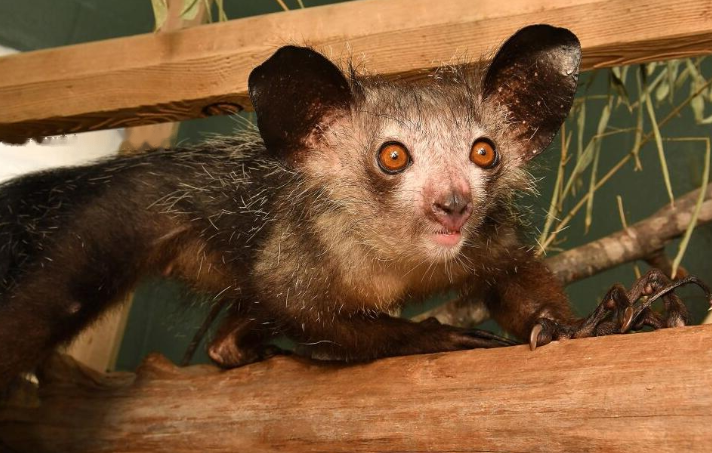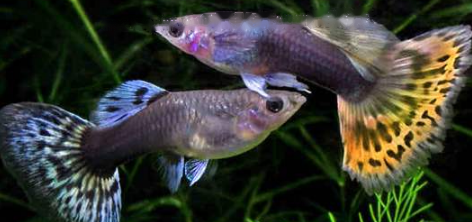The Egyptian cobra has a very high status in Egypt, because it is the representative of the Egyptian serpent goddess Wajit, and has a very high status. The Egyptian cobra is often carved on the walls of the Egyptian pyramids, symbolizing the supremacy of the pharaoh. authority, so the Egyptian cobra is also known as the sacred viper.

1. Basic information
Chinese name: Egyptian cobra
Latin name: Naja haje
Kingdom: Animalia
Phylum: Notochord Animal phylum
Class: Reptiles
Order: Squamous
Suborder: Snake
Family: Cobra
Genus: Cobra
Species: Egyptian Cobra
Second, appearance characteristics
The Egyptian cobra belongs to the comparison Large cobra snakes can easily reach two meters in length in adults, and the largest individuals can even reach three meters in length. Egyptian cobras vary in color, from black or dark brown to pale yellow-white. Unlike non-venomous snakes, the fangs of venomous snakes cannot be folded, so the fangs are relatively small. Another distinctive feature of the Egyptian cobra is its large head and neck, as well as a broad beak. The eyes are larger than those of snakes, and they have round pupils. The skinfold of the neck can be as wide as 15 to 18 cm when inflated.
III. Living habits
The Egyptian cobra mainly inhabits savannah or semi-desert areas that are relatively dry and have a small amount of water and vegetation, and sometimes In oases, cultivated land, mountains with scattered vegetation, and general grasslands. Egyptian cobras are nocturnal terrestrial animals that prefer shade, but are occasionally found soaking up the sun in the early morning. They live in burrows dug by other animals, termite mounds or between rocks, and sometimes even intrude into the living environment of humans to lurk in order to hunt various types of poultry. Like ordinary cobras, when Egyptian cobras are hunting or sensing a crisis, they can flee for a few meters in an instant, or support their front body and unfold the skin folds on both sides of their head and neck to intimidate opponents; but when they encounter When an opponent who is stronger than himself feels powerless, he will make a fake death move.
IV. Toxicity
Egyptian cobra can release an average of 175-200 mg of toxin per attack, and its toxicity is second only to Philippine cobra . However, the lethality of the Egyptian cobra is generally considered to be higher than the above-mentioned cobra, because the Egyptian cobra is larger, more aggressive and can release a larger amount of snake venom per bite.
In terms of venom properties, the venom of the Egyptian cobra is mainly neurotoxin, which is also one of the fastest onset of snake venom. Once bitten by the Egyptian cobra, the toxin will quickly destroy the injured person's nervous system and force it to stop The nerve signals are sent to the muscles, and even vital organs such as the heart lose their ability to receive nerve signals, and eventually die of respiratory failure. Immediately after being bitten, symptoms such as pain, swelling, lumps, blistering, and necrosis of muscle groups will appear. Depending on the degree of poisoning, other symptoms that may appear include headache, vomiting, abdominal pain, diarrhea, and dizziness. , fainting or convulsions.
![[Original] Sharing of popular science knowledge of ringed map turtles](/static/img/11249/11249_1.jpg)




